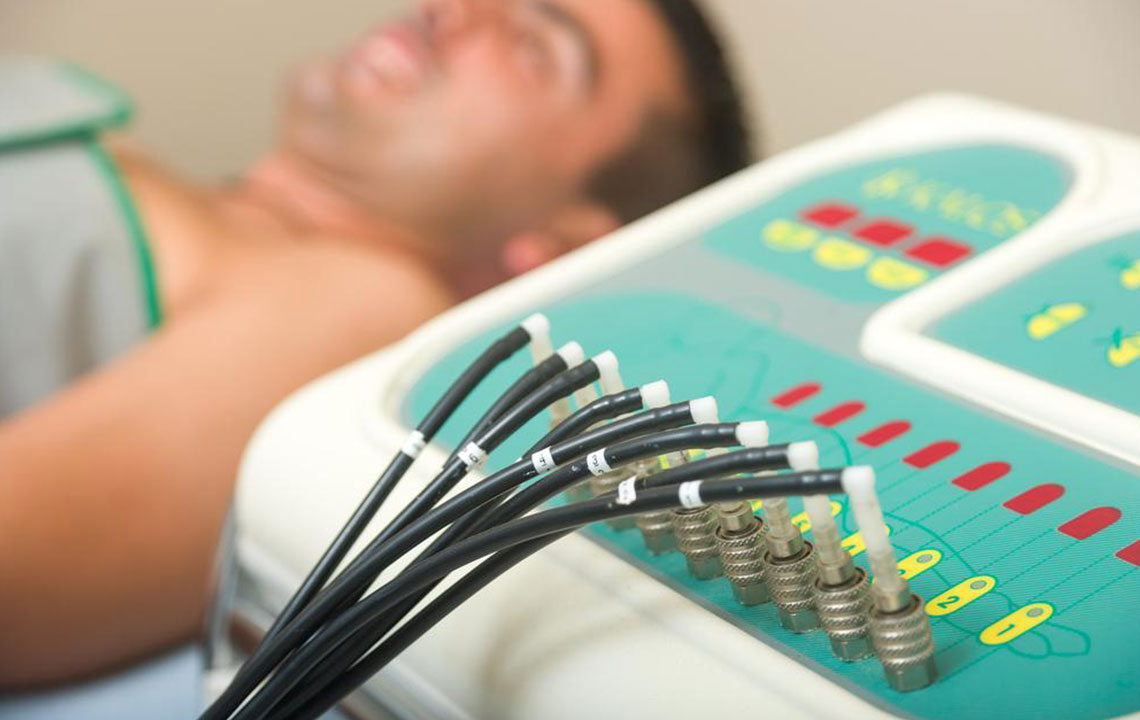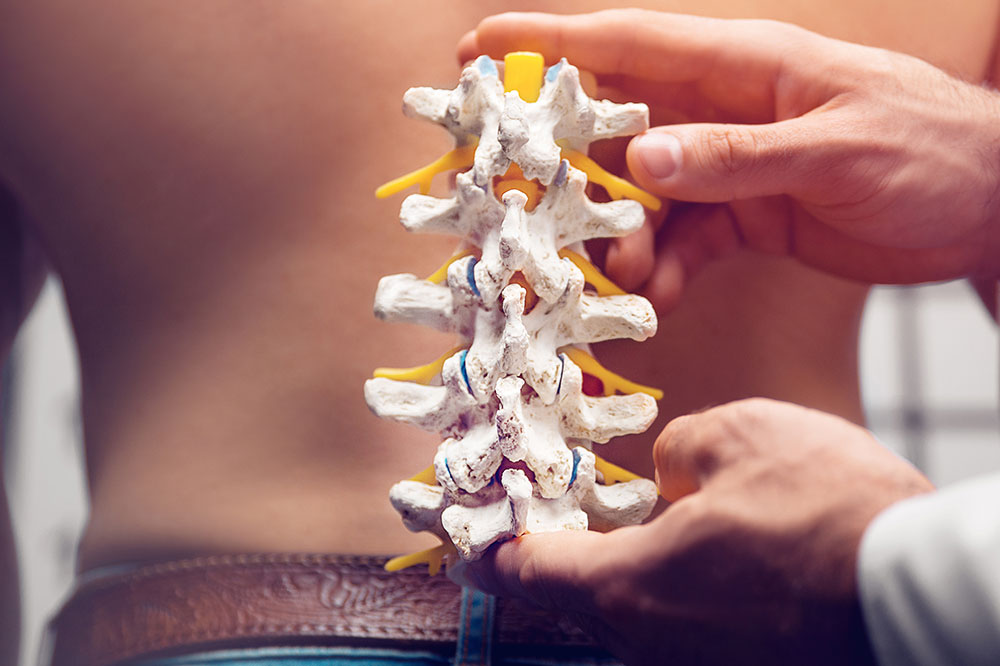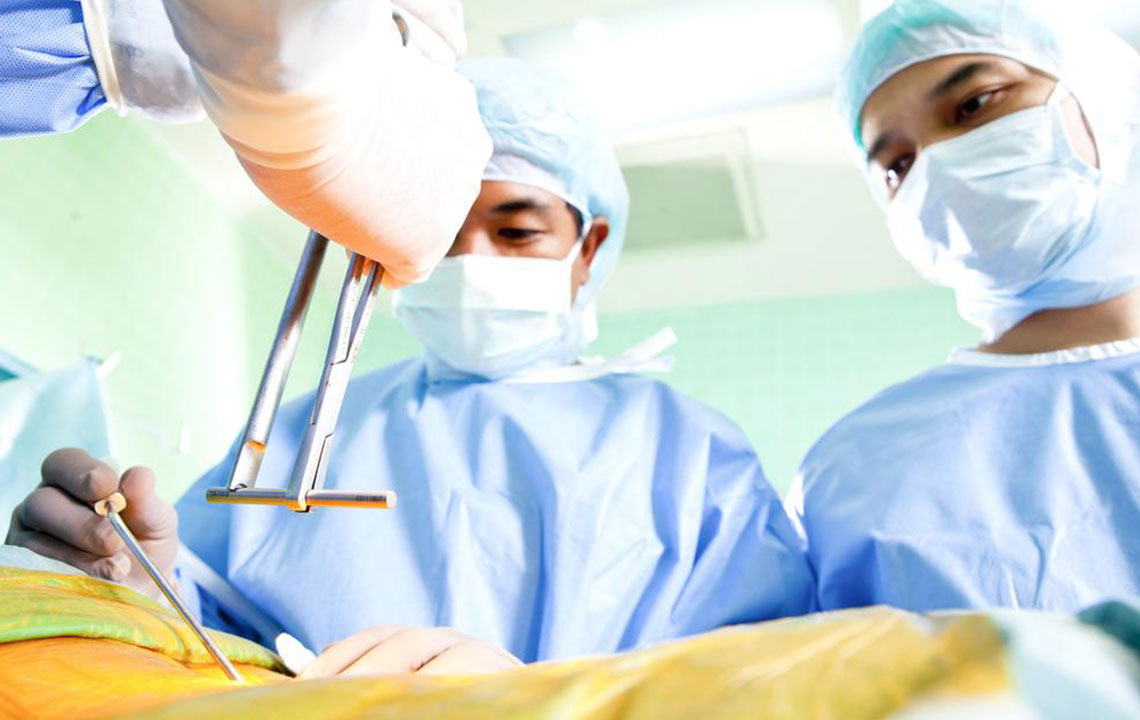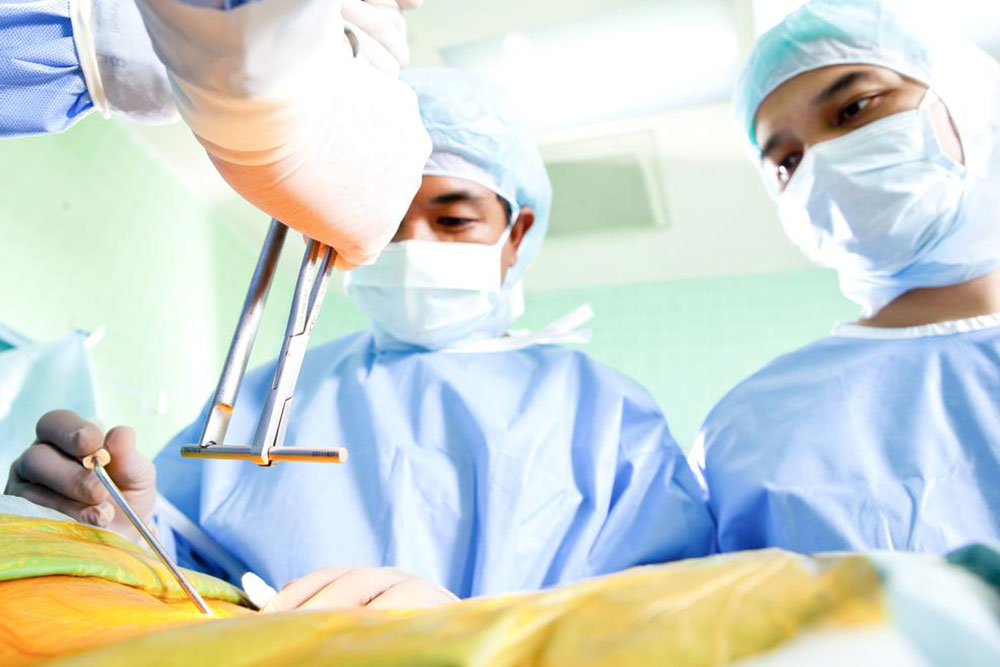Ultimate Guide to Scoliosis Management and Treatment Strategies
This comprehensive guide explores scoliosis in depth, covering its causes, symptoms, and various treatment options. From bracing to surgical procedures, learn how healthcare professionals diagnose, manage, and treat this spinal condition. Emphasizing early intervention and personalized care, the article aims to provide valuable insights for patients, families, and medical practitioners. Stay informed about the latest therapeutic approaches and tips for improving quality of life with scoliosis management strategies.

Comprehensive Overview of Scoliosis: Causes, Symptoms, and Effective Treatment Methods
Are you noticing a crooked or uneven back that seems to worsen over time? Do you observe poor posture or asymmetry in your body structure? These signs could be indicative of scoliosis—a complex condition characterized by abnormal lateral curvature of the spine. Scoliosis predominantly affects children and adolescents aged 9 to 15, but it can also be diagnosed in adults. The condition may have genetic components, making it more prevalent among females, who are nearly twice as likely to develop scoliosis compared to males. Understanding the intricacies of scoliosis—including its causes, symptoms, and treatment options—is vital for effective management and improved quality of life.
Scoliosis causes the spine to deviate sideways or develop an abnormal outward curve, leading to visible deformities, asymmetry, and sometimes discomfort. While there is no definitive cure for scoliosis, early diagnosis and appropriate treatment can help control symptoms and prevent worsening. Medical evaluation by specialists such as orthopedic surgeons or neurosurgeons involves detailed assessment of the spinal structure, utilizing imaging techniques like X-rays, MRIs, and physical examinations to determine the severity and pattern of curvature. Based on this assessment, tailored management plans are devised to address individual needs.
Bracing remains the cornerstone of conservative treatment, especially for growing children and adolescents. These braces, often crafted from durable plastic, are designed to fit snugly around the torso, supporting proper alignment of the spine during crucial growth periods. They are typically worn under clothing and are discreetly designed to minimize visibility, allowing patients to continue daily activities comfortably. The two primary types of braces are:
Nighttime braces: These are used during sleep hours, applying gentle, corrective pressure to the spine for at least eight hours, aiding in curve stabilization.
Full-time braces: Designed to be worn for 16 to 23 hours daily, these braces exert lateral force to maintain spinal alignment and prevent the progression of the curvature.
Consistent use of braces can significantly help in controlling the progression of scoliosis during growth years. While they do not reverse existing deformities, they are effective in halting worsening and are often prescribed in conjunction with physical therapy.
In cases of severe or rapidly advancing scoliosis, surgical intervention might be recommended. The most common surgical procedure is spinal fusion, which involves connecting the affected vertebrae using bone grafts to promote fusion, supplemented with metal rods, screws, and hooks to stabilize the spine during healing. Though spinal fusion is highly effective in correcting curvature and preventing further progression, it does entail certain risks such as infections, bleeding, nerve damage, and postoperative discomfort. The primary goal of surgery is not to eliminate scoliosis entirely but to prevent its worsening and improve spinal stability.
Alternative and complementary treatment approaches such as chiropractic therapy, electrical stimulation, and dietary supplements lack strong scientific evidence supporting their efficacy in scoliosis correction. These options may offer some benefits in improving muscle strength, flexibility, and overall well-being but should not be solely relied upon to manage scoliosis. Physical therapy, targeted exercises, and practices like yoga can help enhance muscle strength and flexibility but are unlikely to reverse spinal curvature. It is crucial for patients to consult multiple healthcare professionals and seek second opinions before committing to a specific treatment plan, especially considering the risks and benefits of surgical procedures.
Currently, scoliosis remains incurable, but ongoing advancements in medical research foster hope for future therapeutic breakthroughs. The focus of contemporary management emphasizes early detection, non-invasive treatments, and lifestyle modifications to improve the patient’s comfort and functionality. Emphasizing adherence to prescribed treatment regimens—such as bracing and physiotherapy—can dramatically improve quality of life. Surgery is generally reserved for severe cases with significant progression risk, and decision-making involves careful consideration of potential outcomes and risks.
In summary, managing scoliosis requires a comprehensive approach that includes early diagnosis, personalized treatment plans, and ongoing monitoring. While prevention of curvature progression is the primary goal, the emphasis is also on maintaining mobility, reducing discomfort, and enhancing overall well-being. With a multidisciplinary approach and continual medical research, individuals with scoliosis can lead active, comfortable lives despite their condition. Staying informed, proactive, and working closely with healthcare providers are key steps toward effective management and improved prognosis.





